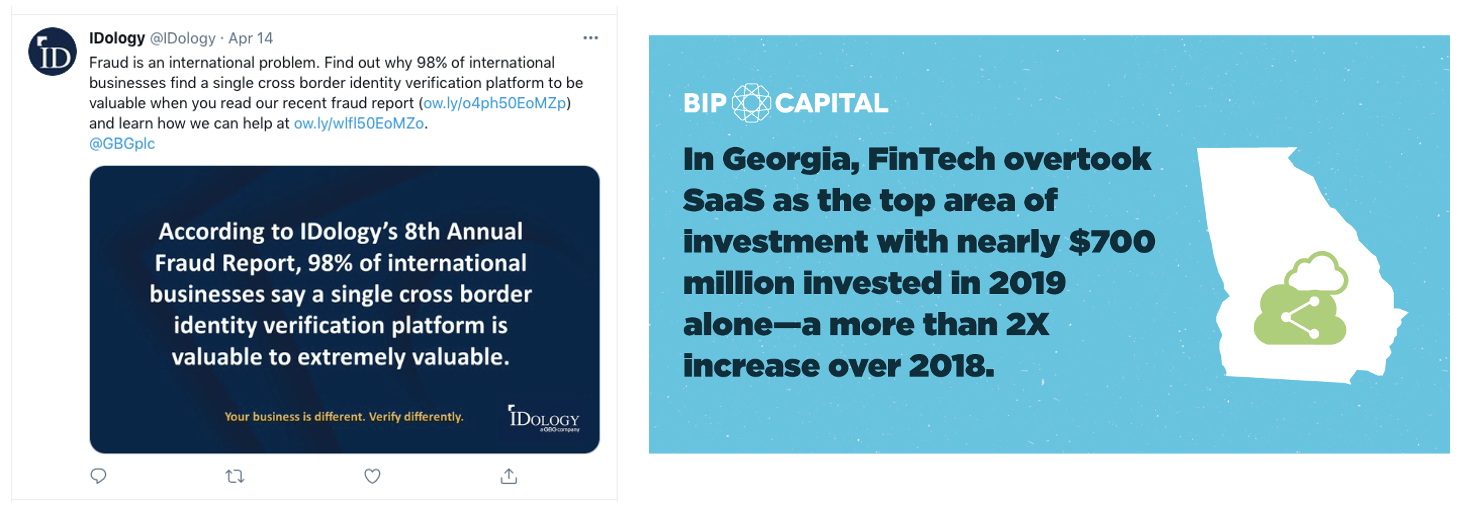No lie—marketers create a lot of content. But do you ever wonder if that great blog post you wrote gained traction with as many people as it could have? Think about it: the post runs once and then disappears forever into the blog archive.
Perhaps it’s time to repurpose that same content in different ways to extend its visibility and reach new audiences in creative ways. This not only extends to blog posts but to other content, from press releases and case studies to white papers and more.
Such resources are not only valuable to readers, but also require time to develop. Isn’t it time you extended your content’s shelf life and got your money’s worth?
Knowing What to Recycle
If the content’s topic is considered “evergreen,” you’re on the right track. These are subjects that aren’t trends-based, have no expiration date, and are perennially on everyone’s mind. For example, ways to generate sales leads or tips for handling a communications crisis are topics that never get old.
Also, consider how popular a piece of content was on its first run to determine whether it has “legs” for repurposing. For instance, website analytics can tell you which blog posts received the most traffic or what white paper has been downloaded most often.
Here are some ways to “get more bang for the buck” from previously created content by repurposing all or portions of it in new ways:
- Video. Video is hot—marketers get 66 percent more qualified leads from video, and 93 percent of marketers indicate they’ve landed a new customer with it.
With a little effort in terms of scripting, shooting, and post-production editing, many types of previously text-based content can be repurposed into video vignettes for placing on your website or YouTube channel. These videos don’t have to be long—they can instead “hit the highlights” (almost like a movie trailer) while pointing back to the original content, such as a white paper or customer case study, for the full story.
- Podcasts. These are another way to reach new audiences who prefer non-traditional content. Podcasts can be listened to in the car or while exercising—in fact, most listening is done outside the office or home. To attest to their popularity, 37 percent (104 million) of people in the U.S. say they have listened to a podcast in the last month and 24 percent (68 million) listen to podcasts weekly.
If your company has subject matter experts who regularly produce text-based content, they can offer up these same insights via podcasts using the spoken word. Podcasts are available on many platforms like iTunes or can even be embedded directly on your website.
- Infographics. We’re becoming an increasingly visual society with less and less time for reading. Infographics—colorful diagrams or timelines that use stats and images to tell a story—are another way to recycle pre-existing content. For instance, if your company conducted an industry survey for use in a press release or white paper, the same stats can be used to create a supporting infographic.
[pdf-embedder url=”https://carabinercomms.com/wp-content/uploads/2021/06/FW_Infographic.pdf”]
Sample of an infographic created for our client Eagle Telemedicine.
- Social Posts. All previously mentioned content can also be used as fodder for social media. Post the infographic you just created, or post text-based quotes excerpted from a video or podcast as teasers to drive social audiences to their source.
Engagement rates for social are always higher if the audience believes posts deliver something of value, so content of this nature really delivers.

Social posts repurposed from industry reports authored by our clients IDology and BIP Capital.
Old Is New Again
Repurposing traditional text-based content saves time, costs less than creating brand-new content, and can help in reaching new audiences. Considering that most marketers are tasked with continually generating content, recycling carefully curated pieces makes sense and further ensures your information is getting consumed since it’s being delivered in new and innovative ways.

